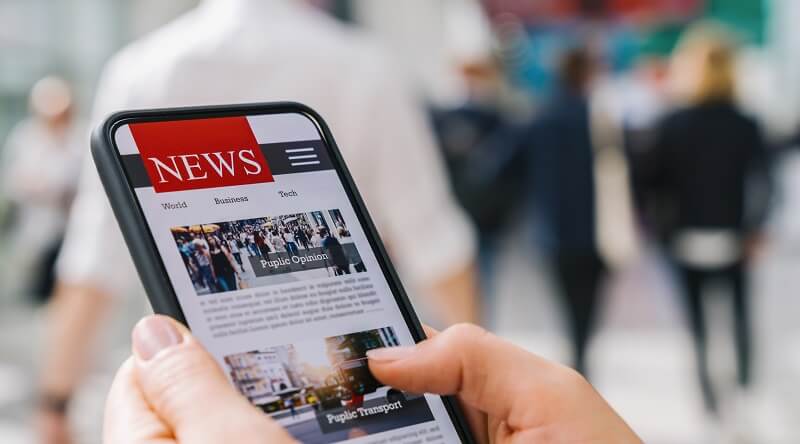The Single Strategy To Use For Popular News
Table of ContentsPopular News - The FactsPopular News Can Be Fun For AnyoneFascination About Popular NewsA Biased View of Popular News
Age is additionally an element in the way people check out the function of social media. More youthful social media sites news consumers are more probable to say it has actually influenced their knowing for the better. Concerning half of social networks information customers ages 18 to 29 (48%) state information on social media sites makes them better notified, compared with 37% of those 30 to 49, 28% of those 50 to 64, and 27% of those 65 and older.Journalists weigh information values when establishing whether or not to cover an event or statement. Here are the values that we think about when developing an outreach strategy. Probably the most crucial element of newsworthiness is whether or not the information product being interacted influences a news outlet's audience. For instance, let's visualize scientists have actually found a cost-efficient option to a common problem.
Research on a state's new tax code most likely will not generate the exact same rate of interest across state boundaries. Sometimes professionals can help center a bigger national tale that impacts more than just a city or state.
If you are publishing relevant research study, loop in MarComm before the post being released to ensure that the pitch can emphasize the latest component of the tale: the magazine of the research study. Occasions and statements that involve high-profile numbers are most likely to create media coverage. Gos to from nationwide figures frequently need months of preparation because of expected neighborhood rate of interest.
The Best Strategy To Use For Popular News

Human interest elements can add information worth to various other tales that may appear to be doing not have in the other worths. The novelty or oddity of a scenario can help affect whether or not an information electrical outlet is most likely to cover a story. While this is not an extensive listing, examining to see if your story or occasion has these qualities before calling us will certainly help you determine which elements hold the most news worth.

Fascination About Popular News
There check out this site is likewise substantial evidence that even more customers might begin to spend for information in the futureif publishers can comprehend them and serve them well. Fifty percent of those that do not spend for information proactively seek information and appear like clients in numerous ways. Popular News. And virtually 2 in 10 of those who do not sign up for information currently indicate they are inclined to begin to pay in the future
We then ask a collection of concerns to establish whether individuals pay for particular sorts of news resources. We asked individuals to call the sources they make use of most oftenwhether they pay for them or nothow they use them, their website the details points they take into consideration essential regarding them, and some related inquiries regarding the cost and worth of that source.
People are attracted to news as a whole for two reasons over others: A need to be notified people (newspaper subscribers particularly are extremely encouraged by this) and because the publication they subscribe to excels at covering certain topics about which those subscribers especially care. While there are a host of factors, the No.
Even more than 4 in 10 likewise mention the truth that good friends and family sign up for the same item. Greater than a third of people say they originally subscribed in response to a discount or promo. In print, individuals likewise are moved heavily to subscribe to get coupons that conserve them cash, something that has untapped effects in digital.
Popular News for Dummies

We asked everyone who informed us they have a normal free resource of news exactly how most likely they would certainly be to spend for it. More than a quarter (26 percent) state they would be at the very least rather most likely to start spending for itand 10 percent are very or incredibly most likely. These most likely payers often tend to be information see this here seekers, and they likewise often tend to be individuals that currently spend for an information registration along with the source they follow totally free.
Of those who do pay, 54 percent sign up for newspapers in print or electronically, which represents 29 percent of Americans in general. The majority of them buy a print magazine in addition to their newspaper and pay for 2 to 4 news sources in total amount, some a lot more. And while 53 percent are veteran subscribers (5+ years), greater than a quarter (27 percent) have actually acquired their newspaper membership within the previous year.
Couple of print subscribers believe it most likely they will certainly switch to a digital-only membership in the future, and majority of those that favor digital have actually never ever spent for a print variation of the same source. Popular News. Fully 75 percent of newspaper payers claim they largely read the paper in print, while 21 percent are mostly digital individuals, and 4 percent explain themselves as equally divided